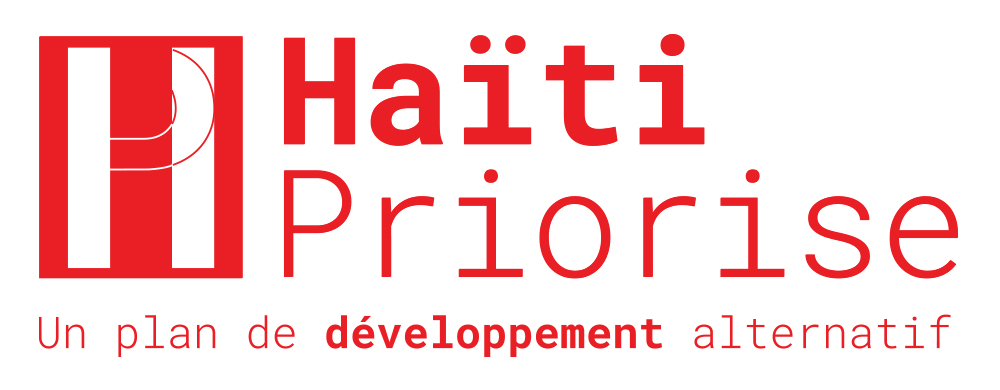Haïti Priorise: Ambulance Network, Daurisca
Description of Problem
Emergency response is a real challenge for health systems, especially those in developing countries such as Haiti. Trauma accounts for 16% of the overall burden of disease and trauma patients are six-times more likely to die in low-income countries than high-income ones. Research suggests that globally, medically preventable deaths could be cut in half by improving emergency response mechanisms.
In addition to some of the highest rates of maternal and child mortality in the region, Haiti’s ambulance services are severely lacking. In addition to the Centre Ambulancier National (CAN), there are two private ambulance operators. Of the 514,352 reported accidents and emergencies between 2013 and 2014, CAN responded to fewer than 2% of them, or 9,642 to be exact.
Though CAN offers free ambulance services, in theory providing broad access to the majority of the population, the reach is severely restricted the base’s centralized location in Port-au-Prince, limited number of vehicles (<100), limited material and human resources, and the mountainous terrain covering the majority of the country, rendering many areas unreachable by car.
Solutions
- Establish an urban ambulance network to serve only urban areas.
- Expand the national ambulance network to serve all rural and urban areas.
- Leverage "first responders" and allied health professionals (paramedics).
The author suggests that the safest option is to pair “first responders” with the “urban ambulance network” to widen the ground covered and save more lives, given resource constraints.
Though these services would be provided at no cost to the patient, they could also potentially generate revenue.
Summary Table of the BCR
| Intervention | Benefit | Cost | BCR |
|---|---|---|---|
| Urban Ambulance network | 4,406,893,345 | 561,559,893 | 7.8 |
| National ambulance network | 6,587,200,390 | 2,320,046,967 | 2.8 |
| First responders and paramedics | 1,266,324,056 | 80,369,344 | 15.8 |
Benefits, Costs, and BCRs
Urban ambulance system
Reaches most of the population and is less expensive than the national ambulance network.
Costs
- 18 urban ambulance centers with 176 ambulances for an urban population of 5,327,640 would provide 33 ambulances for every million urban inhabitants.
- The total cost of 561 million gourdes includes vehicle costs, fuel, 9 workers for each ambulance, supervisors, and a central operations center.
Benefits
Decrease in trauma related deaths, deaths avoided, years of life disability adjustment, greater productivity, and increased GDP.
- Lives saved: around 2500.
- Total benefits: 4.4 billion Gourdes.
National ambulance system
Covers the entire country, but is more expensive.
Costs
- Significantly more resource intensive due to difficulty of accessing remote areas.
- Urban network plus another 569 ambulances for rural areas.
- The total cost is 2.3 billion Gourdes.
Benefits
- Decrease trauma related deaths, deaths avoided, years of life disability adjustment, greater productivity, increase GDP.
- Total benefits: 6.5 billion gourdes.
First responders and Paramedics
Providing training to volunteers and paramedics spread throughout the country, working in tandem with either the national or the urban network.
Costs
- More than 27,000 volunteers such as teachers and traditional midwives would be given several days of free training to become first responders.
- 550 professional paramedics would be given ten days of training each.
- The cost would be 80 million gourdes in the first year.
Benefits
- This would save around 700 lives every year.
- Total benefits: 1.2 billion gourdes.

